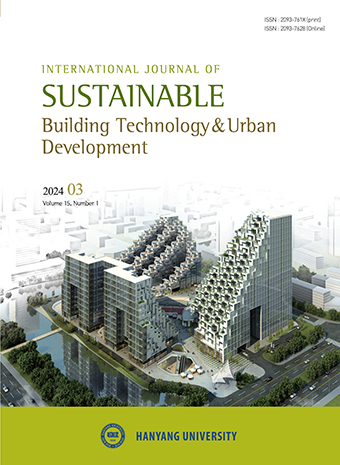General Article
Abstract
References
Information
U.S. Green Building Council (USGBC). LEED v4, the newest version of LEED green building program launches at USGBC’s annual green build conference [Online] 2018. Available at: https://www.usgbc.org/ articles/leed-v4-newest-version-leed-green-building-program-launches-usgbc%E2%80%99s-annual-greenbuild-confe/ [accessed on 03/08/2018].
- Publisher :Sustainable Building Research Center (ERC) Innovative Durable Building and Infrastructure Research Center
- Publisher(Ko) :건설구조물 내구성혁신 연구센터
- Journal Title :International Journal of Sustainable Building Technology and Urban Development
- Volume : 9
- No :3
- Pages :139-157
- Received Date : 2018-08-14
- Accepted Date : 2018-08-28
- DOI :https://doi.org/10.22712/susb.20180014




 International Journal of Sustainable Building Technology and Urban Development
International Journal of Sustainable Building Technology and Urban Development









